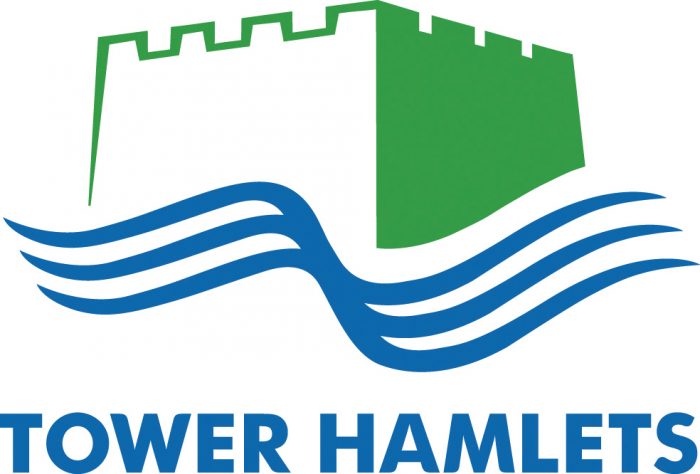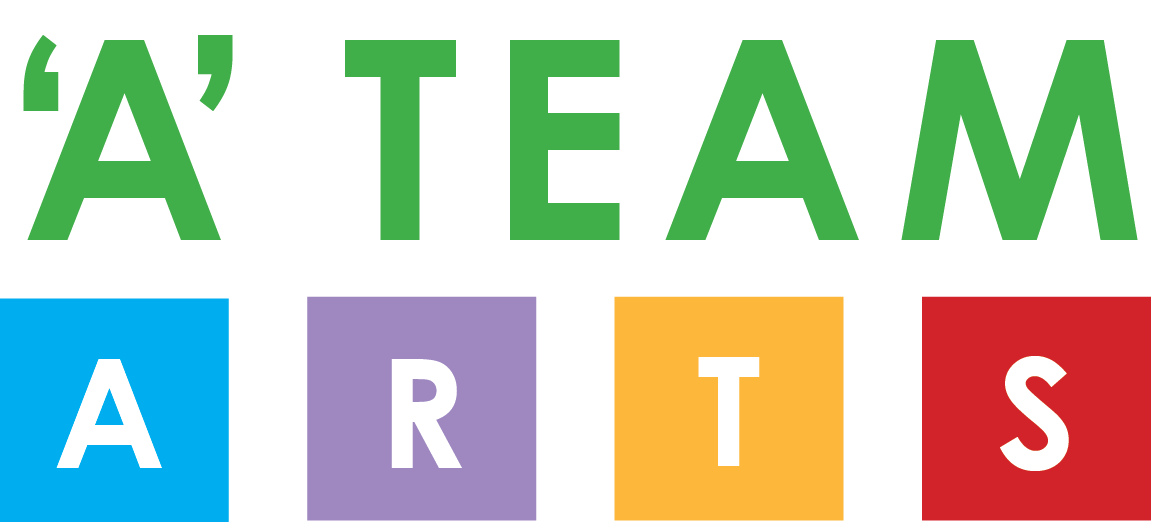
Burrabazar
Once a big centre for trade, this area still boasts of being a confluence of culture. Burrabazar expanded from a yarn and textile market into one of the largest wholesale markets in India.
Attracting traders and merchants from all over the world, this area saw several communities make it their home, as is evident from the different places of worship once can see - from the Armenian church, to the Jewish synagogues, the Portuguese church, the Scottish kirk, the Nakhoda mosque and the Chinese temple.
Over the years, Burrabazar has survived Siraj-ud-Daulah setting fire to the market in 1756, the eventual decline of the Bengali zamindari families, the Bengal famine, the partition of Bengal - first in 1905 and then in 1947 - and the eventual decline of the city in the country's trade economy.
Still a bustling market, the sight of a merchant sitting amidst their wholesale wares and accounts books, is not an uncommon sight.
Carts of all kinds can be seen ferrying different things across the marketplace.
Credits
Thank you to the following people & organisations who helped create this scroll:


Tower Hamlets Council - 'A' Team Arts
Geraldine Bone, Canan Salih and Team working with:
- 19 Princelet Street - Museum of Immigration
- St Anne's, Limehouse
- St Matthias Community Centre
- Museum of London Docklands
- UAL Central Saint Martins
- The Mulberry School for Girls
- Geraldine Bone
- Sarbjit Natt
- Piero d'Angelo
- Lucrezia Levanti
- Nowshin Prenon
- Berni Yates
- Maria Cuji
- Bushra Hussain
- Sindy Nguyen
- Emily Juteau